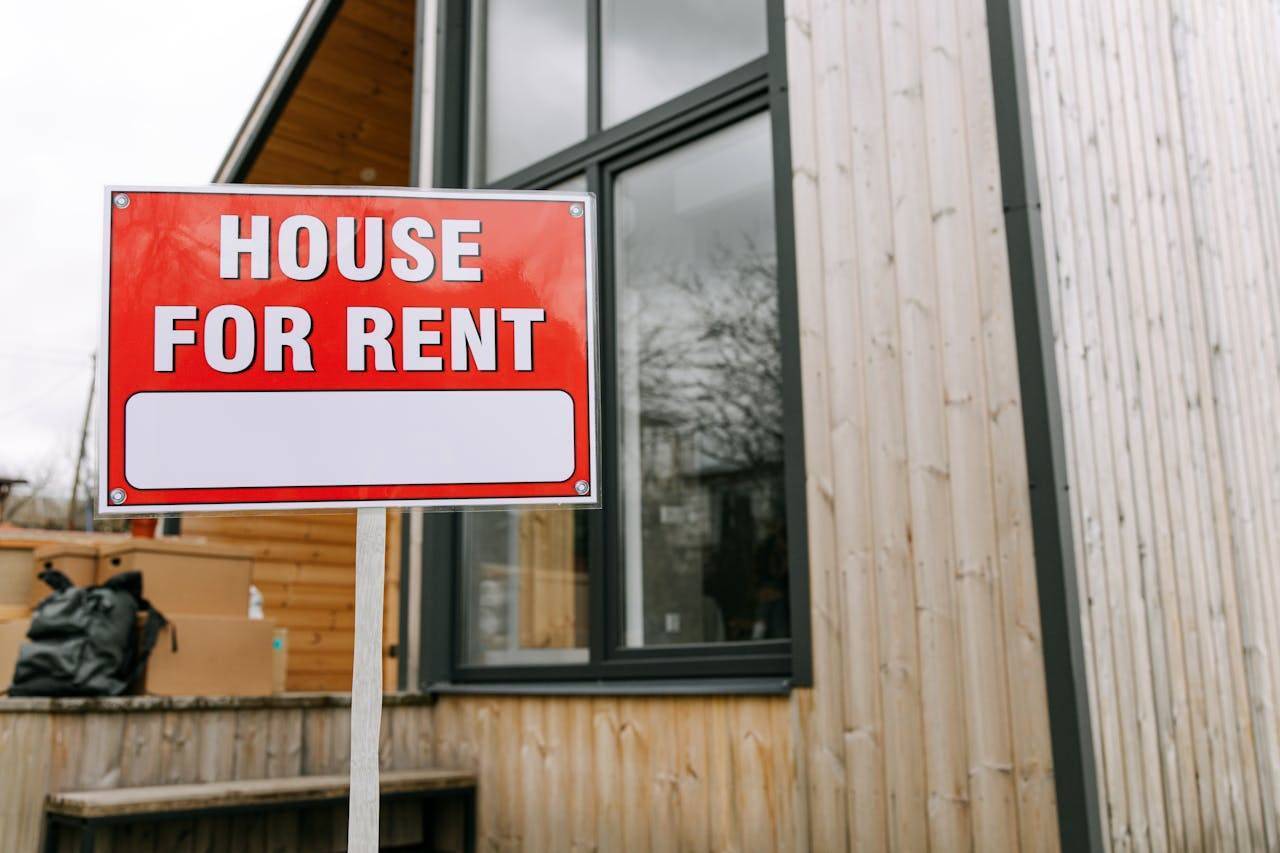The global housing market has been in turmoil for several years, and the COVID-19 pandemic has exacerbated many of the existing issues. A recent Reuters poll of property analysts conducted highlights a persistent and worsening problem: the acute shortage of affordable housing in major economies. This shortage is expected to keep home prices high and out of reach for many new buyers, with a forecasted increase of over 4% in house prices this year.
The Persistent Problem of Supply Lags
One of the primary reasons for the continued rise in housing prices is the significant lag in housing supply. Major property markets around the world are grappling with a severe shortage of starter homes, a problem that has only been intensified by the pandemic. This shortage has created a bottleneck in the housing supply chain, where the demand for affordable homes far outstrips the available inventory.
Property analysts across the United States, United Kingdom, Canada, India, Australia, and New Zealand all echo a similar sentiment: without substantial government intervention and innovative solutions to increase housing supply, the affordability crisis will continue unabated. The expectation that central banks might cut rates soon could stimulate the market further, potentially driving prices higher as more buyers flood into an already constrained market.
Global Housing Market Overview and Price Projections
- United States: House prices are forecasted to rise by 5.0% in 2024 and 3.3% in 2025. Despite expectations of rate cuts by the Federal Reserve, affordability concerns persist due to constricted supply and low mortgage rates.
- United Kingdom: Average home prices are predicted to rise by 1.8% in 2024 and to gain another 3.0% in 2025.
- Canada: Average house prices are forecasted to rise by 1.5% in 2024 and to increase further in 2025.
- Australia: Housing prices are expected to outpace overall inflation, with a predicted price growth of around 4%-5% over the next couple of years.
- New Zealand: Similar to Australia, New Zealand is expected to experience housing price rises above inflation, with a predicted growth rate of around 4%-5%.
- India: Property prices in India are anticipated to rise by 6.0% in both 2024 and 2025, driven by consistent demand and limited ready supply.
Impact of Central Bank Policies
Central banks' policies have a profound impact on the housing market. The expectation of interest rate cuts by major central banks has fueled optimism among buyers, leading to increased demand. Lower interest rates generally make borrowing cheaper, encouraging more people to take out mortgages and buy homes. However, in a market already plagued by supply shortages, this influx of buyers can push prices even higher, making it even more difficult for new buyers to enter the market.
Historically, interest rate cuts have been used as a tool to stimulate economic growth, including the housing market. However, when the fundamental issue is a lack of supply, lower interest rates can only go so far in addressing affordability. Instead, they can lead to higher prices as demand increases without a corresponding increase in housing stock.
Government Intervention: A Necessary Measure
The experts polled by Reuters overwhelmingly agree that significant government intervention is needed to address the supply shortage. This could include policies aimed at increasing the construction of affordable housing, providing incentives for developers to build lower-cost homes, and removing regulatory barriers that hinder new housing projects.
Governments could also consider direct involvement in housing construction, either through public housing projects or partnerships with private developers. Such measures could help to ensure a steady supply of affordable homes, particularly in high-demand urban areas where the housing crisis is most acute.
In many major economies, there has been a growing recognition of the need for such interventions. For instance, in the United States, the Biden administration has proposed a range of measures aimed at increasing housing supply and improving affordability, including investments in new housing construction and reforms to zoning laws.
The Long Road to Affordability
Despite these proposed measures, the road to solving the housing affordability crisis is likely to be long and complex. The structural issues that underpin the shortage of affordable housing have been building for decades and will not be resolved overnight. It will require sustained and coordinated efforts from governments, private developers, and financial institutions to address these challenges effectively.
One of the key challenges is the need to balance the interests of various stakeholders. Homeowners and investors generally favor rising property values, while prospective buyers and renters seek affordable options. Policymakers must navigate these competing interests to develop solutions that promote equitable access to housing without destabilizing the broader market.
The Human Impact
The lack of affordable housing has significant social and economic implications. For many individuals and families, the dream of homeownership remains elusive, leading to increased financial strain and uncertainty. In some cases, it forces people to live in substandard or overcrowded conditions, which can have detrimental effects on their health and well-being.
Moreover, the high cost of housing can have broader economic impacts. When a large portion of the population is struggling to afford housing, it can limit their ability to spend on other goods and services, potentially stifling economic growth. Additionally, high housing costs can make it difficult for businesses to attract and retain workers, particularly in high-cost urban areas.
Looking Ahead
As the global economy continues to recover from the COVID-19 pandemic, the issue of affordable housing will remain a critical challenge. While there are no easy solutions, the insights from the Reuters poll highlight the need for a multifaceted approach that addresses both the supply and demand sides of the housing market.
In the near term, policymakers and industry stakeholders must work together to implement measures that can help alleviate the immediate supply shortages and provide relief to those most affected by the affordability crisis. In the long term, it will be essential to develop sustainable strategies that ensure a steady supply of affordable housing and promote inclusive growth.
The housing market's trajectory over the coming years will depend heavily on the effectiveness of these interventions and the ability of governments and the private sector to adapt to changing conditions. Ultimately, the goal should be to create a housing market that is accessible, equitable, and resilient, capable of meeting the needs of all citizens in a rapidly evolving world.
Image source- forbesindia.com









.png)